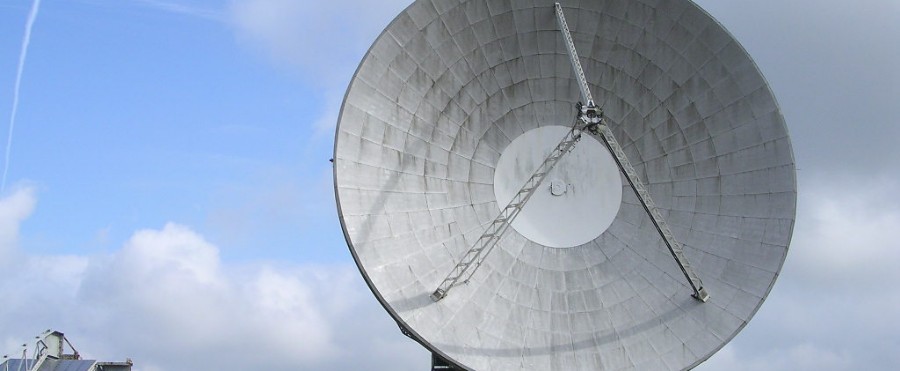Radar - Antennas Research Ltd

Antennas Research


Antennas Research Ltd. 2020
WebRadio
Printed circuit antennas for phased array radar.

Above: azimuth scanning phased array antenna, designed by Antennas Research, 2017.
This strand of work has its origins in my research into passive radar transponders, also called modulated retro-reflectors, at University of Oxford in the 1990s. In those days I developed printed circuit antennas for maritime radar applications at X-band, in region 9-10 GHz.
In the years since then I have expanded a range of antenna designs applicable to radar. The evolution of a recent development, carried out for a radar manufacturer and vendor, is described below.
X-band electrically scanning array.
Here I began the design with a series-fed sub-array to meet the required elevation beamwidth and sidelobe level.
Simulated e-field distribution on series-fed antenna sub-array
The elevation pattern of the sub-array with 20º half power beamwidth
When the sub-array is placed in the full size array the proximity of the neighbouring sub-arrays tends to distort the radiation pattern. While the elevation pattern shown above hardly changes, the azimuth pattern does, so it is necessary to check the radiation patterns through detailed simulation.Depending on the array spacing and the inevitable mutual coupling which arises, the azimuth pattern may get better or worse. Typically, a flattened main lobe is seen.
Sub-array azimuth pattern influenced by coupling of neighbouring sub-arrays
This can be helpful, depending on the required range of azimuth scan. In other cases, a ripple on the lobe would lead to significant variations in antenna gain as the beam is scanned (i.e. scan loss). In the above design we will scan the radar beam to 45º so the sub-array will work well. Beyond about 50º the array would exhibit increasing scan loss because the pattern then rolls off pretty sharply.Words of advice I have proffered on more than one occasion have been:“Do not just procure a set of individual antennas, mount them in an array and hope for the best.”
Fabrication.
The antenna prototype was fabricated using standard PCB manufacturing techniques. This version is double sided and via-coupled. Measurements of reflection coefficient showed good agreement with simulations, proving the concept. Full size array manufacture followed.
x-band patch antenna array
Vector network anaylser Measured reflection coefficient
Simulating azimuth scan.

Simulated scanned forward and back lobes
Inconveniently, antennas radiate backwards, as we can see in the above set of plots.
A consequence of the backlobe in a phased array antenna is that it also scans, and grows, as the main lobe is scanned. Oftentimes this effect is ignored by engineers who ought to know better!
Power Divider.
Following the successful design and fabrication of the antenna, I next designed the corporate power divider circuit, followed by the phase shifter circuit. The power divider design sets the amplitude taper of the antenna along the azimuth axis. ‘Taper’ means less power at the outer edges, which reduces the sidelobe level compared to uniform power distribution. I modelled all this in minute detail to meet the customer's needs.

The phase response of the power divider is also carefully tuned. In this particular case, the phase balance is only achieved at the centre frequency because not all branches of the microstrip corporate feed network have equal length.
Phase shifters
Working with an associate, we designed the phase control layer which sits back-to-back with the power divider shown above. Phase shifter modules are used. These provide discrete phase shift steps, typically in 4,5,6 or 7 bits, and are each mounted in a coplanar waveguide circuit. I also assessed the effects of phase quantisation, and phase errors.
The phase shifters are addressed by shift registers so that a single serial data stream is converted into a set of parallel outputs. The serial data stream determines the azimuth scan angle of the radar antenna.

Fan beam antennas.
Often in radar a 'fan beam' is used. This typically means a narrow horizontal beam, and wide vertical beam. The antennas shown below, developed and built by us, do just this. They are vertically polarised and operate at x-band. The length is 60 cm. You probably won't find items quite like this in a manufacturer's catalogue, wheras we can (and do) design and build to a customer's unique specifications and required quantities.





